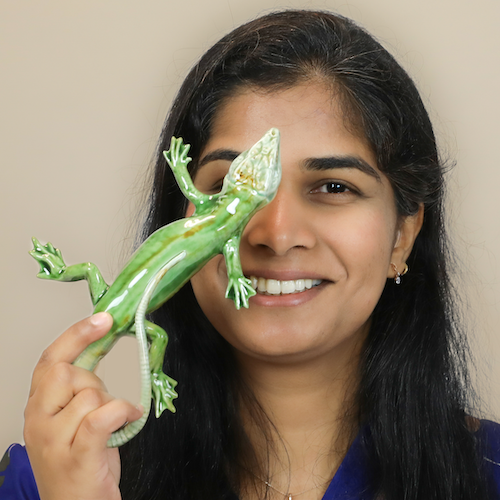We’ve been spending some time speaking to the community about our role in research integrity, and particularly the integrity of the scholarly record. In this blog, we’ll be sharing what we’ve discovered, and what we’ve been up to in this area.
We’ve discussed in our previous posts in the “Integrity of the Scholarly Record (ISR)” series that the infrastructure Crossref builds and operates (together with our partners and integrators) captures and preserves the scholarly record, making it openly available for humans and machines through metadata and relationships about all research activity. This Research Nexus makes it easier and faster for everyone involved in research performance, management, and communications to understand information in context and make decisions about the trustworthiness of organisations and their published research outputs. Conversely, it can make it harder for parties to pass off information as trustworthy when the information doesn’t include that context.







